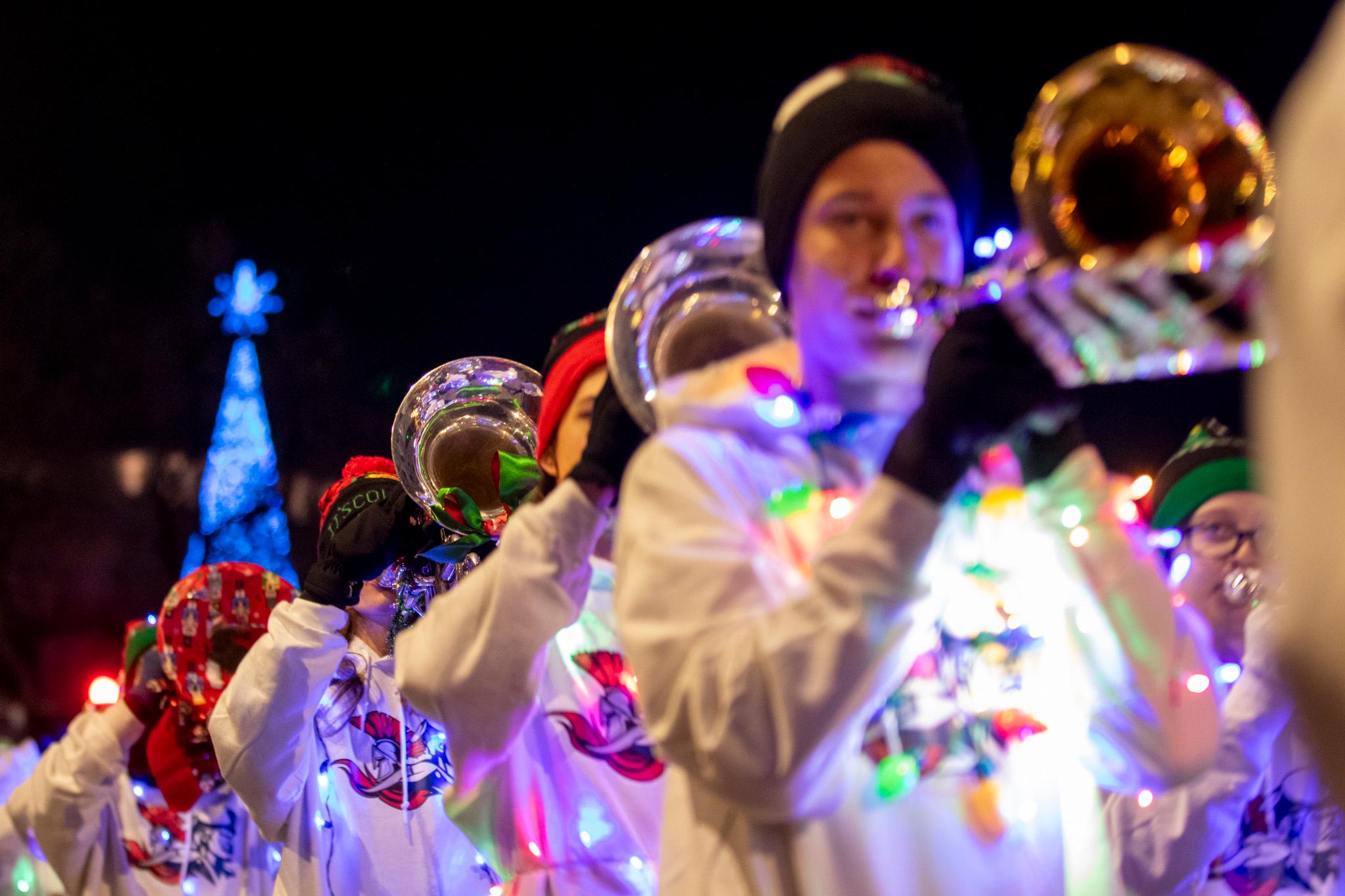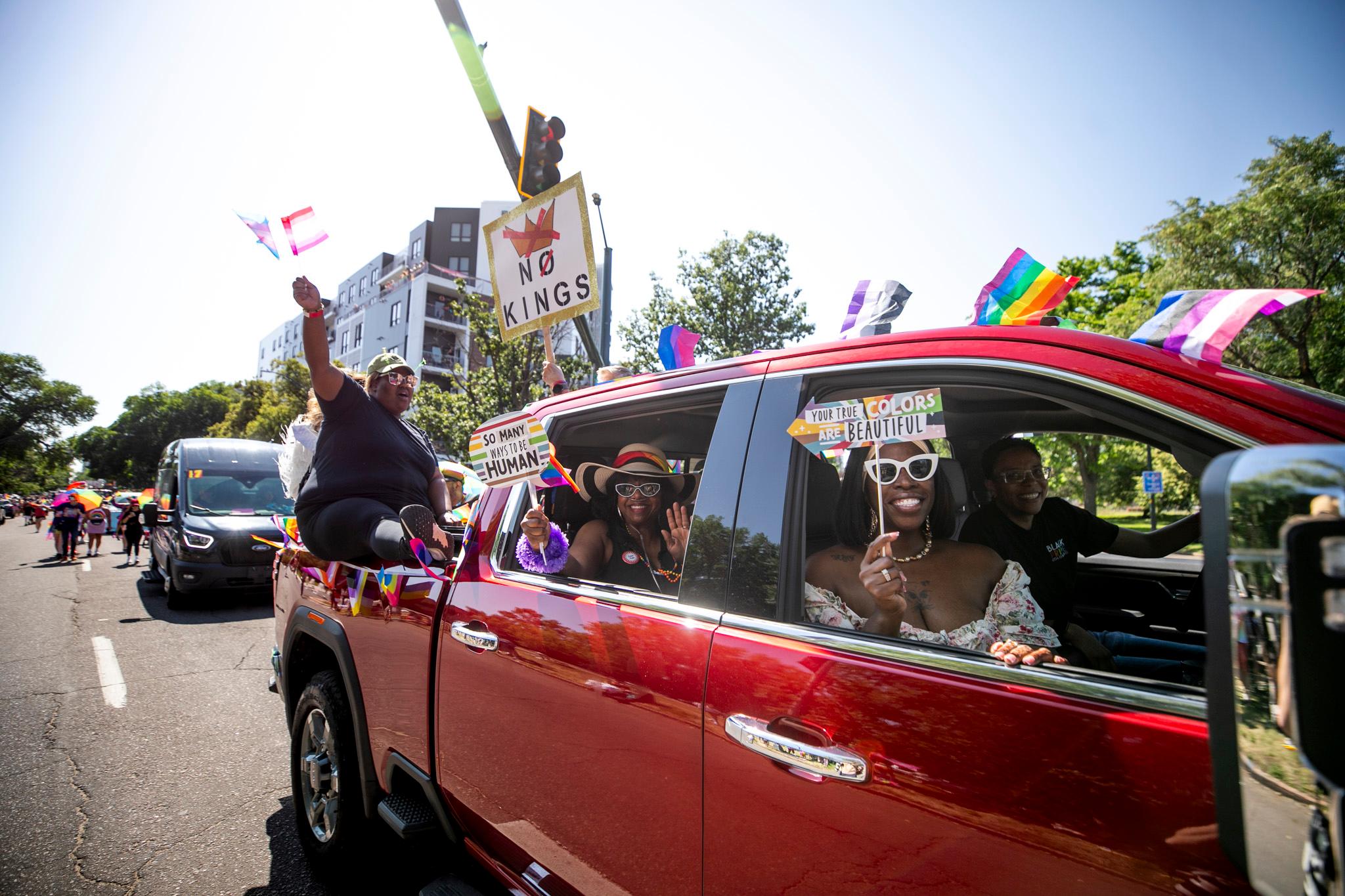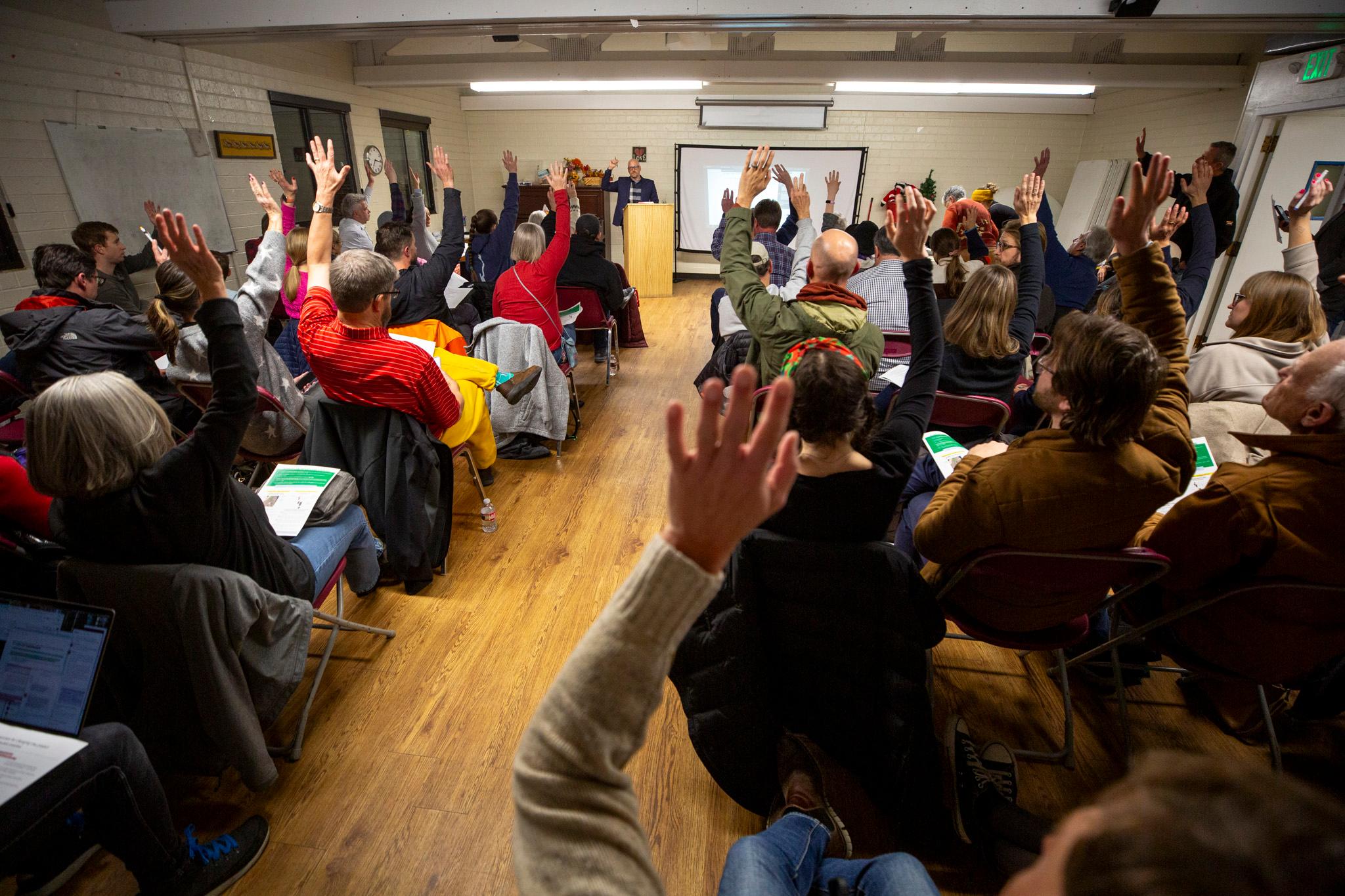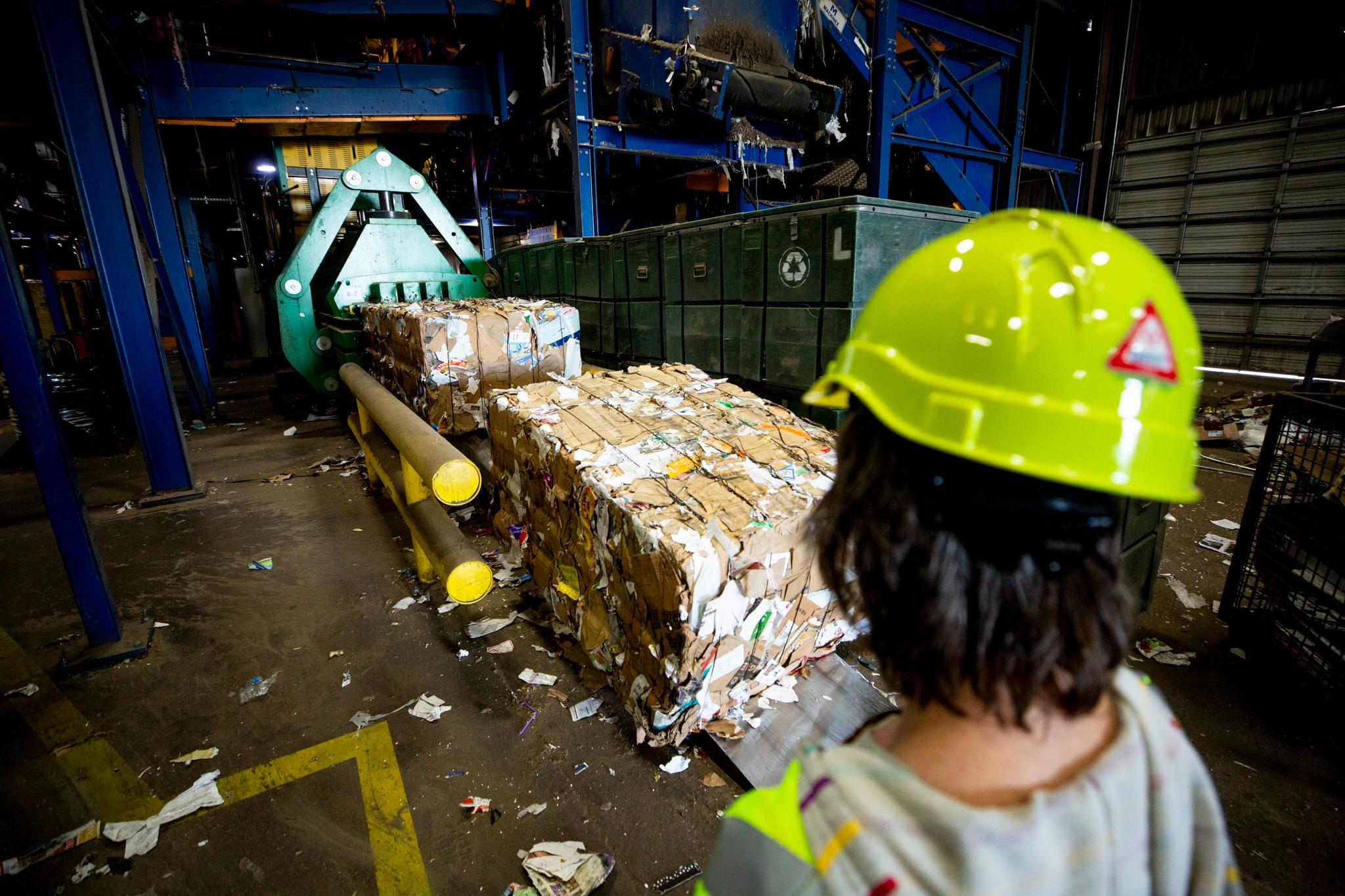When the weather is cold and the number of available cots is low, homelessness service providers in Aurora sometimes give people an RTD ticket and directions to shelters in neighboring Denver.
Denver has "a little bit more capacity in terms of brick and mortar," said Jeremy Stern, spokesman for Mile High Behavioral Healthcare, the nonprofit that operates a drop-in center and the Comitis Crisis Center in Aurora. Aurora might soon have more capacity of its own. Stern said Aurora City Council will soon consider whether to set up a large shelter similar to those found in Denver.
People experiencing homelessness can drop in to pick up mail, use a computer, have a shower, eat breakfast and lunch, and get help finding housing or work at the Aurora Day Resource Center. Comitis programs include long-term shelter for adults, transitional housing for families and military veterans and an emergency shelter for families. When temperatures plummet, as they did in metro Denver this past weekend, the Aurora Day Resource Center and Comitis also serve as temporary emergency shelters.
Before the pandemic, Comitis and the drop-in center could accommodate about 200 people as cold weather shelters. The need for social distancing to stop the spread of the coronavirus means the total capacity has dropped about 30 percent, to 125 at the drop-in center and 150 at Comitis. Stern said all the cold weather shelter beds were full over the weekend.
"Those numbers are not accommodating everybody who needs shelter in Aurora," Stern said. "Whenever there's going to be a storm, we're going to be at capacity this entire season."
People are offered bus rides to Denver shelters when Aurora's shelter beds are full, Stern said. In addition, a street outreach team distributes blankets, hand warmers, caps, gloves and socks during winter storms. Twenty-six so-called "survival kits" were distributed over the weekend, Stern said.

In August, Denver's City Council approved leasing a warehouse at 4600 East 48th Avenue to be converted into a shelter that can accommodate about 400 people. Britta Fisher, who heads Denver's housing department, had said the new shelter was needed to get through the winter. It is expected to be open for some people by the end of the year and to be operating at full capacity in February, according to Derek Woodbury, Fisher's spokesman.
Over the weekend, Denver opened a 24-hour emergency shelter for women and transgender individuals at 1370 Elati Street. The facility was initially meant to close Tuesday. Instead, after it sheltered between 16 and 36 people each night between Thursday and Sunday, city officials decided to keep 1370 Elati open throughout the COVID-19 public health emergency, Woodbury said. In addition, a second overflow emergency shelter for women and transgender individuals opened Monday night and will operate as an overnight shelter for up to 30 people until Thursday morning.
Denver's public works department, meanwhile, indefinitely postponed a cleanup of an encampment near Coors Field.
The weekend cold snap led the Denver Rescue Mission to add 75 mats to the 300 cots available for men at the Coliseum, which was turned into a shelter after the pandemic struck. Alexxa Gagner, a spokeswoman for the DRM, added that hundreds of beds were available at other regular men's shelters. The Denver Rescue Mission, which added staff heading into the winter, sheltered more than 700 men each night from Thursday to Monday, Gagner said.
Stern, who said Comitis is discussing managing a large Aurora shelter if city council approves the plan, recently toured one of the large shelters run by the Denver Rescue Mission to see how one can be operated safely during the pandemic.
"An additional space in Aurora, not just Denver, is needed," Stern said.
According to the Point in Time, an annual survey of homelessness, Denver has more than 4,000 people experiencing homelessness on any given night. That's 10 times the number counted in Aurora. But the Point in Time is generally considered an undercount, particularly in places without a network of shelters where it is easier to survey people experiencing homelessness. According to a homelessness count by school districts, which have more time to make their assessment and use a broader definition of homelessness, Denver schools had 1,849 students experiencing homelessness last term, comparable to the 1,939 counted in Aurora's district.
Adams County's Point in Time numbers were similar to Aurora's, with more than 2,000 students experiencing homelessness, according to school district assessments. Paolo Diaz, a poverty reduction specialist for the Adams County government, said that because his county lacks shelters, it issues vouchers for hotel rooms during cold weather.
The voucher program as a cold weather response was launched last winter, when it ran from February to April. In all, 88 vouchers were issued for 70 households last winter. This winter, the time period doubled to six months, from October to April. Diaz said the county is moving forward with plans to make vouchers available year-round.
The Adams County voucher program started Monday, missing the worst of the weekend weather. Ten households received vouchers, most for Monday and Tuesday nights, said Ashley Dunn, executive director of Almost Home, a Brighton-based nonprofit that is managing the program for Adams County.
Dunn said sleeping bags, hand warmers and other cold weather gear were also handed out to those who received vouchers, and that case managers were following up to help get people "into some safe, stable housing for the long term."
This corrects a previous version of this story by removing a reference to how the Denver Rescue Mission used the dining room of its Lawrence Street Community Center during the cold weather. The Lawrence Street Community Center is open for breakfast, lunch and dinner and staging for transporting people to shelter locations by bus.













